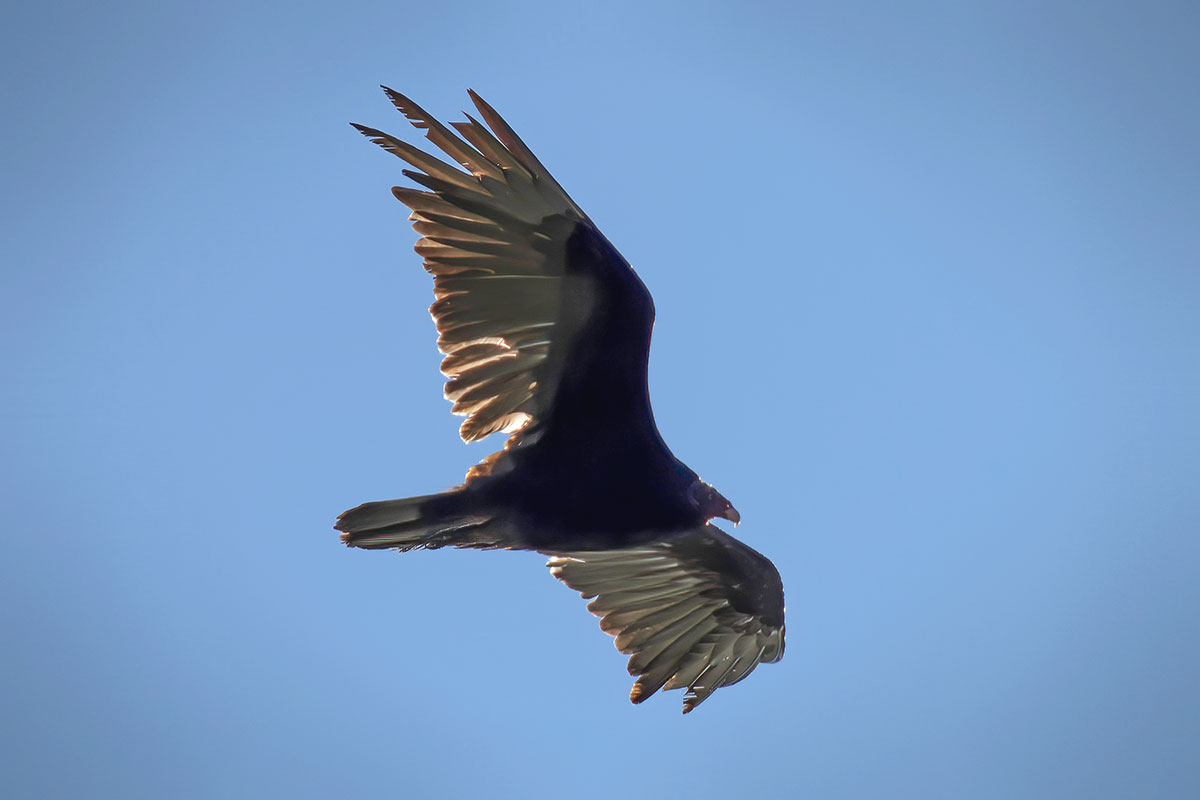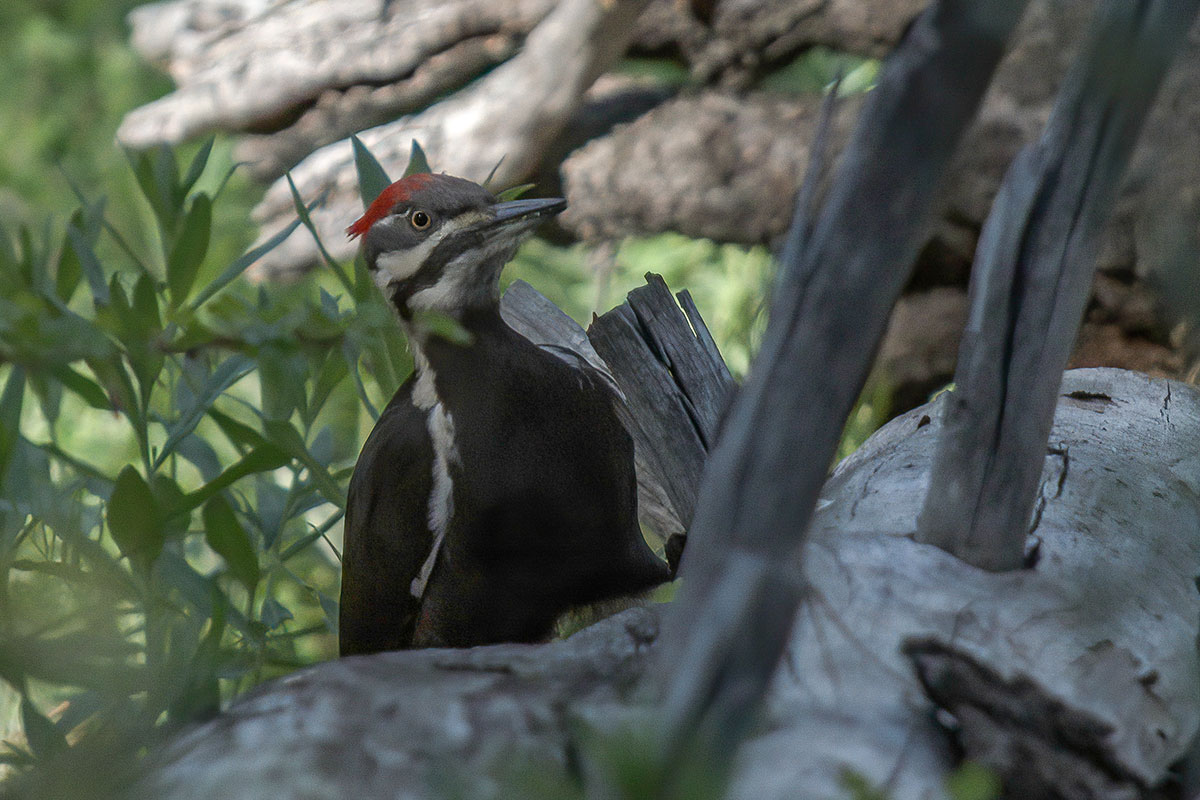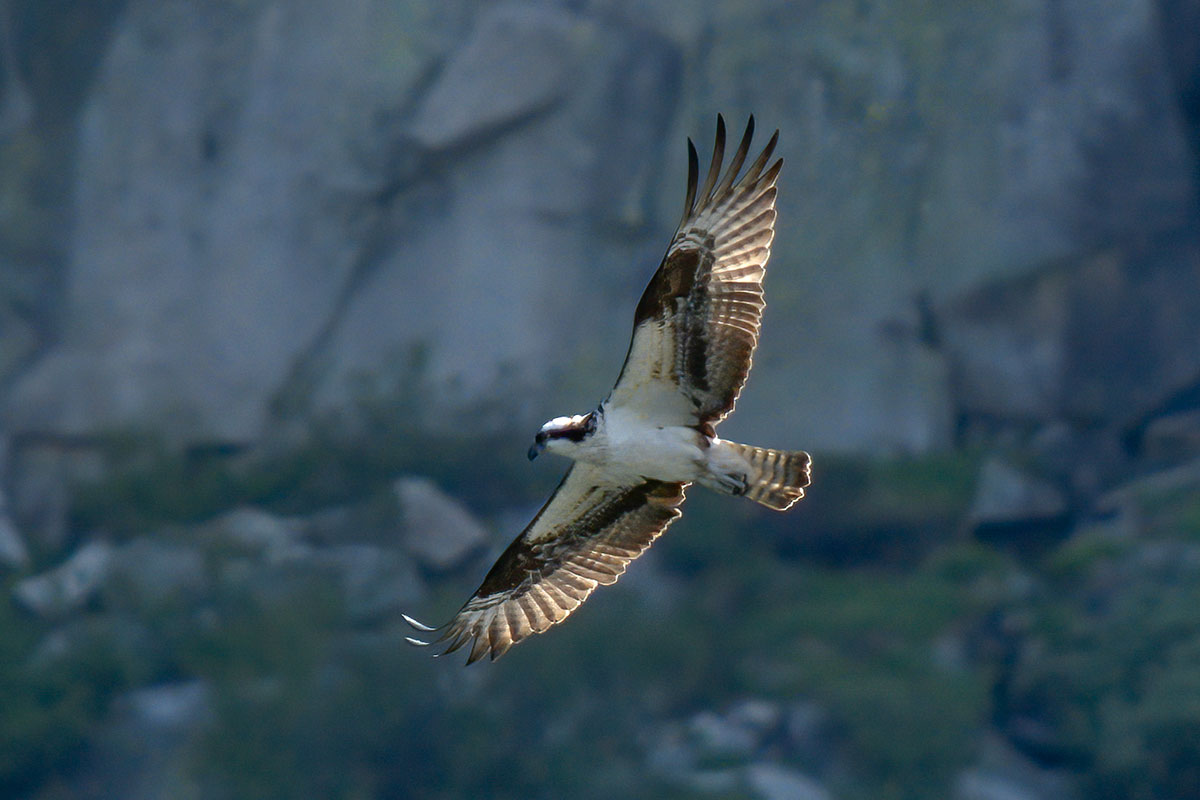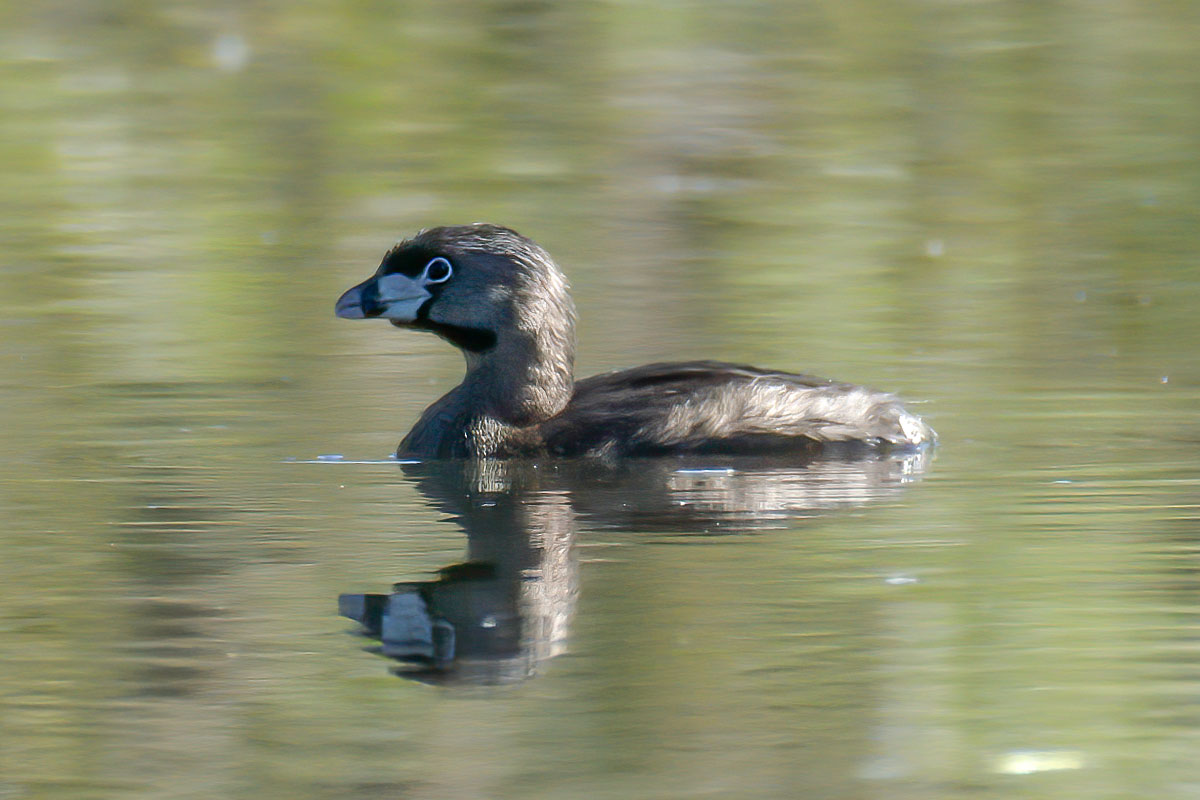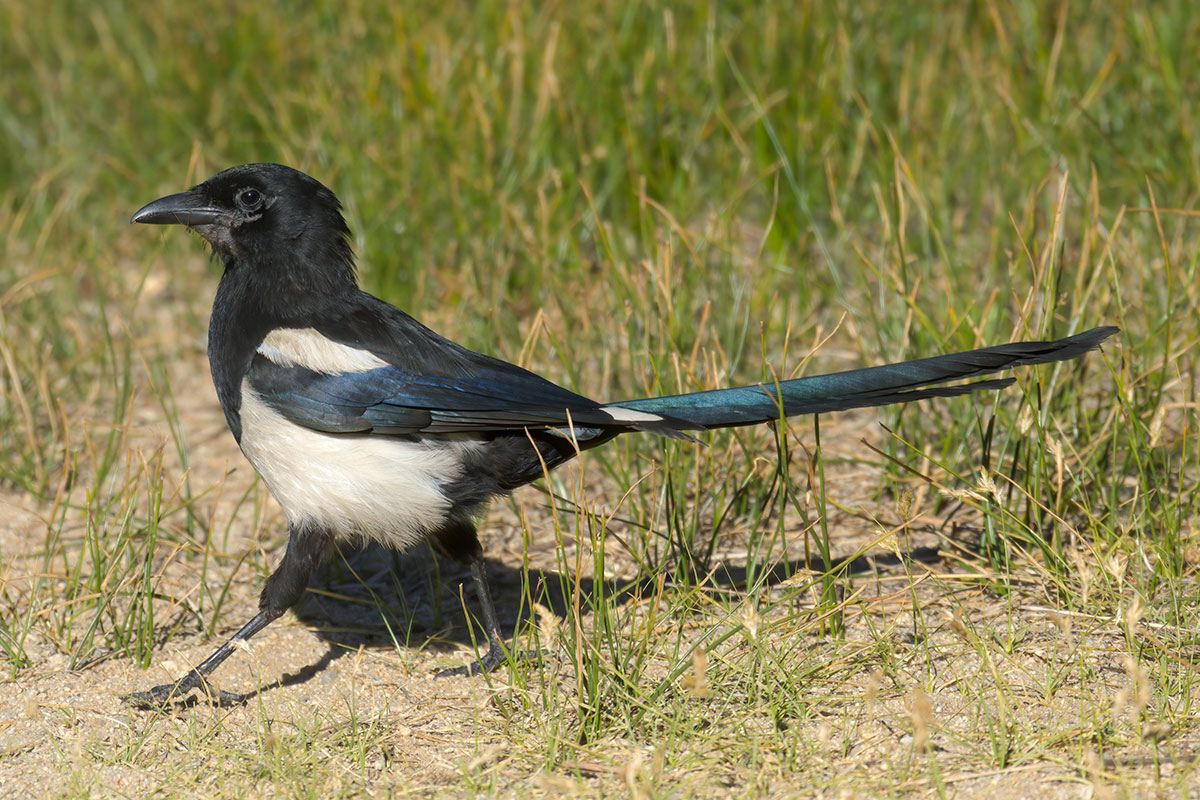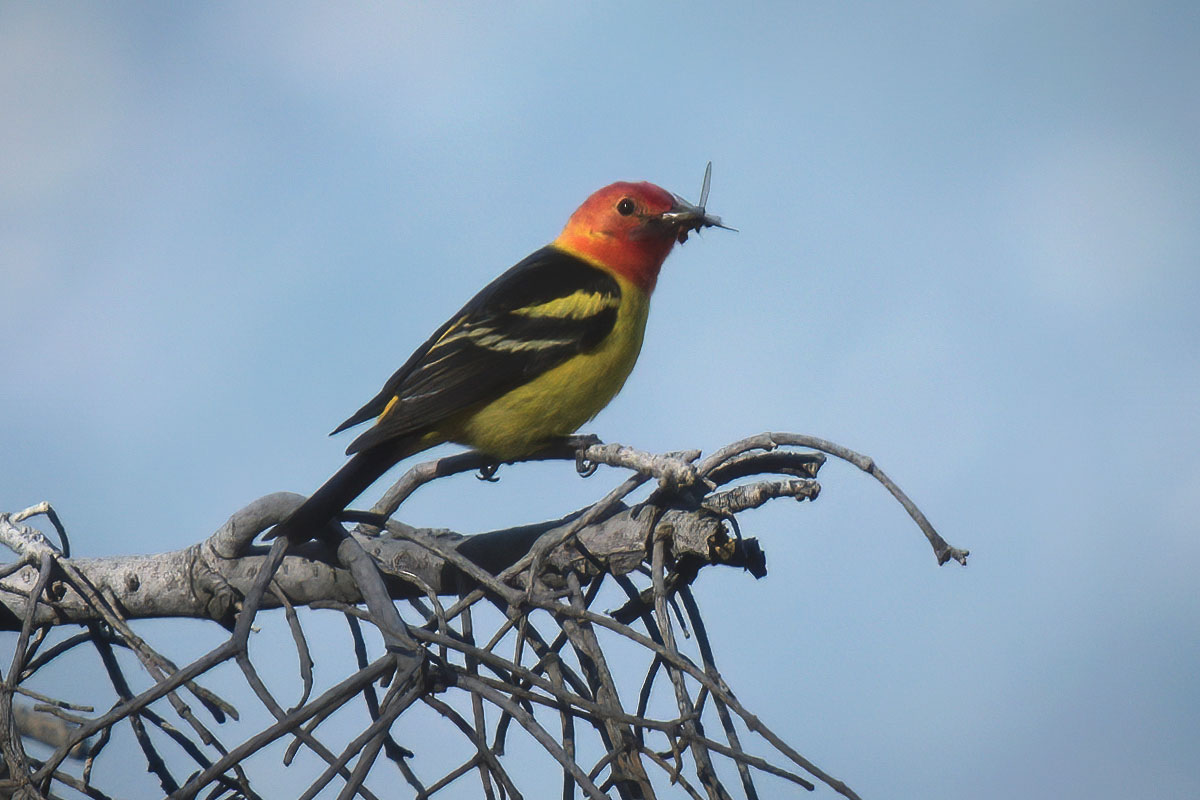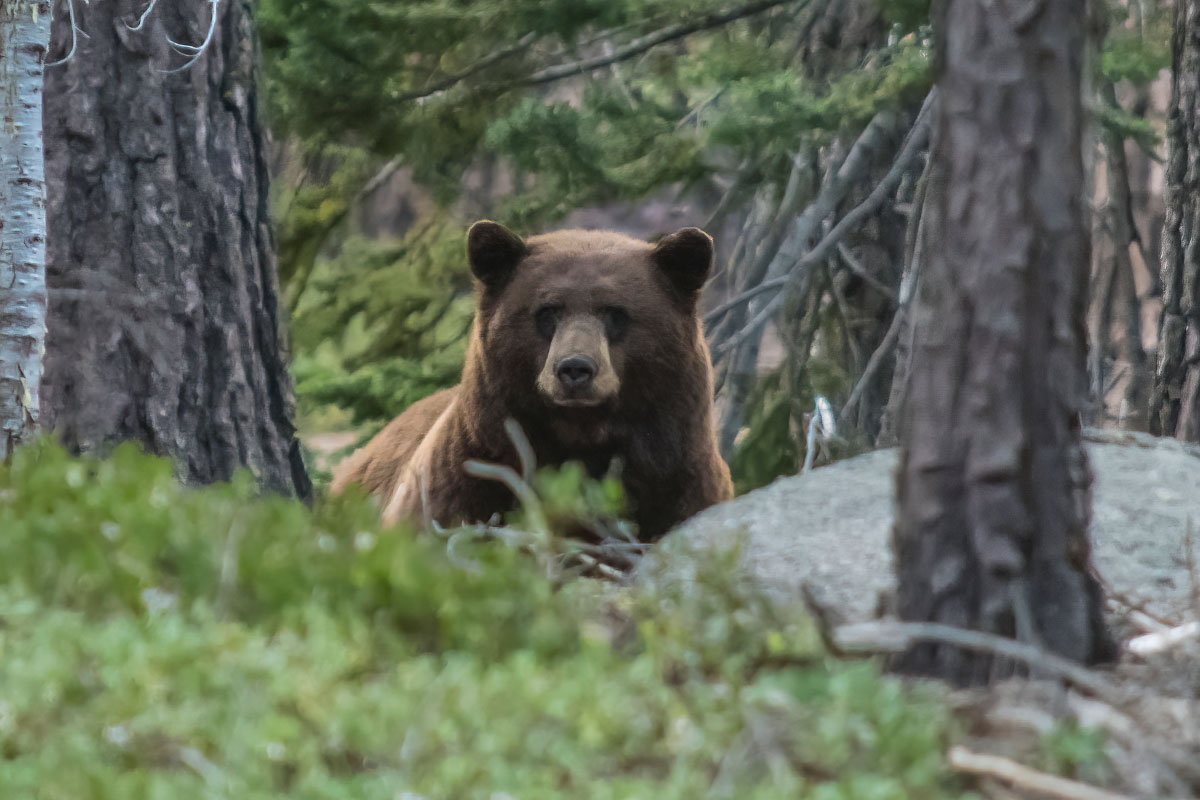Thoughts about…
Observations and Perceptions
Rarely in life do we see a thing straight through from start to finish.
Someone a couple of rows ahead of you in a theater stands up to leave the room, momentarily blocking your view of the screen. Before initiating a lane change while driving, you check your blind spot only to realize that the groceries you tossed in the back seat completely obscures your view of the next lane. In the middle of completing a project at work, your supervisor directs you to assist a co-worker with a more time-sensitive task.
For certain aspects of life we can hit the pause and rewind button. Or, the time we lost may appear to be irrelevant to the overall picture of our lives. But, in many respects we live fragmented existences not unlike a David Mamet movie in which we’re constantly entering a scene too late and then having to leave too early.
There are always gaps. There are always distractions. There’s always an obstacle, whether it be mental, emotional, or physical that obscures our view. And often we lack the necessary contextual information or specific knowledge to clearly interpret the scene unfolding before us.
Despite all of this, I do believe that life flows seamlessly from one scene to the next. At the same time, I also believe that it seldom flows in a predictable and linear fashion.
So, those gaps or “jump cuts” can be a real problem when trying to nail down the honest-to-God truth of a thing.
When a friend recently asked me for tips and advice about birding, my initial response was, “Look long and close, and question everything you see.”
I also, of course, recommended a list of books, websites, and other resources that I find useful. But the bottom line is that learning to make objective observations is the most critical factor in accurately identifying a species.
The adrenaline that floods your system when seeing or experiencing something new can cause mental and emotional distractions.
Then there’s the time factor. For just how long did you see that bird, for example? Three minutes? Three seconds? Or, three-tenths of a second?
What about your field of view? Did you see a complete profile of the bird, or was it facing away from you and hidden by the branches and leaves of the tree on which it was perched?
Most of the birds I observe that aren’t of a common variety, I only see for a fleeting moment. Often, that time frame is less than a second as they fly away. Or, the bird in question invariably disappears into the forest’s understory at the same moment my eyes focus on it. Very frustrating, but a challenge in which I usually find a joy to accept.
The myriad factors that conspire to confuse and confound us when bird watching are ever present in life.
For example, some time ago I reported to the sheriff’s department an illegally parked RV in the forest near my home. Running errands before work, I saw the offending vehicle tucked back in the trees on a newer hiking and biking path.
Bold, I thought, since it’s illegal to camp anywhere other than at designated campsites in the Lake Tahoe Basin.
There’s open space everywhere in Tahoe, so it seems like it would be no big deal to pitch your tent wherever you wanted. But you can imagine the environmental impacts that would result from tons of people camping on every undeveloped plot of land in Tahoe all summer long.
Needless to say, illegal campers or “poachers” are a huge pet peeve of mine. Their presence introduces the idea that the behavior is acceptable, causing more people to follow suit. Litter attracts more litter, and all that.

Some type of Flycatcher or possibly a Townsend’s Solitaire (Myadestes townsendi). There are a handful of brown/olive/gray colored birds in the Tahoe region that look similar to one another. I need to take the time to actually research the differences between them all. June 13, 2020. Copyright © Jared Manninen
Anyway, I called in the description of the RV, which is to say that it was a beat-up, metallic gray monstrosity with blacked out windows. It reminded me of an old, neglected Airstream that had seen too many miles. And, its roof looked like it had been hammered by one too many hail storms.
I drove past that RV on one of the only sections of road in the Tahoe Basin that features a speed limit of 55 mph. So, I just saw it out of the corner of my eye at a relatively high speed, and I only saw it for a second or two.
But there was nothing else that it could be in that location, I thought.
The sheriff’s deputy called me back not too long after for clarification on the location. So, I provided additional details and then let it go. When I passed by the scene 25 minutes later, however, the RV remained in place and there was no sign of law enforcement. Weird, I thought.
Days later, I drove past the same location only to see that same RV still parked in the forest! At that point I had to scratch the itch, so I parked my Jeep and took a walk.
Lo and behold, it only took me 5 seconds (which was about 3 seconds more than my other sightings) to realize my error. The “RV” was nothing more than a crumbly old concrete foundation that had been spray painted a metallic gray. And, it was approximately 8-9 AM each time I saw that “RV,” so the rising sun hit that shiny paint in a way that caused it to look identical to the polished aluminum of a classic Airstream. There were also horizontal black painted stripes that looked exactly like those windows I had described to the deputy.
What an idiot, I thought. I promptly called the sheriff’s department to request that dispatch apologize for me to the responding deputy. Dispatch chuckled and said, “Ok, I’ll let her know.”
One important lesson I’ve learned through my mother’s decade-long research as a citizen advocate for six wrongfully convicted men in Wisconsin is…
Eye witness testimony is often the most unreliable evidence presented in court cases.
What our minds interpret based on what our eyes see is often at odds with what’s actually in front of us. Again, if we don’t keep in check all of those internal factors and compensate for the external ones, they’ll lead us astray.
Just consider my example of the mysterious RV. There were multiple external factors such as time viewed, which was directly related to my vehicle’s speed, and the fact that the object in question was partially blocked by trees. Also, my bias against illegal campers played a critical role in my misidentification because, like I said, what else could it have been?
So I have to keep all of this in mind as I continue to develop my skills as a naturalist. Because, after all, the core principle of naturalism is the emphasis of studying the natural world and its relationships using observational methods rather than experimental.
I used to be quick to identify common species because I learned their names from various people over the years. But lately I’ve been considering the credentials of those people. Are they botanists, ornithologists, or experts of local and regional flora and fauna? Or, are they just like me and have learned those common names from someone else who’s passed down their “knowledge,” yet not actually confirming the ID for themselves?
Obviously we can’t spend all of our time learning firsthand about this, that, and the other thing. I’m not going to build myself a rocket ship and fly into space just to confirm whether or not the earth is actually round. We obviously have to place our trust in other people as well as take some things on good faith. But in this day and age of information sharing, it’s easy to find reliable resources to help us on our way.
I’m not trying to criticize anyone, especially since I’ve been as guilty as anyone for passing along bum scoop due to my own ignorance. However, through my focus on nature these past couple of years, I’m realizing that the more I look the more I find. And the more I find, the more I discover just how little I actually know.
So even when I think a sure thing is a sure thing, I still look a little longer and a little closer, and question everything I see.
What examples of memorable “misidentifications” can you think of that have occurred in your life? And what did you learn from the experience(s)?
Post your thoughts in the comment section below 🙂
I’m still waiting for the actual certificate, but I recently completed an 8-week California Naturalist certificate program. For my final project, I created a video about woodpeckers of the Lake Tahoe Basin. Following the class, I made a few minor tweaks to it for use on my YouTube channel. Check it out! And, yes, all the photos and video clips are mine.
Also, I just got confirmation the other day that I have, in fact, photographed a Downy Woodpecker. This brings my current total sightings to 9 of the 12 woodpecker species of the Lake Tahoe Basin.
And, as always, please subscribe to my YouTube channel 🙂
In June, I participated in an online reading for Lake Tahoe Community College’s 2019 edition of The Kokanee. This is a literary journal published by the college annually that features stories of all kinds from past and present LTCC alumni. The story that I read from was my Tom Cruise/Top Gun: Maverick paparazzi experience.
I’ve posted other notices about this particular project, but if you want you can see me read about 6 minutes’ worth of the story at the following link (my segment is roughly between minutes 41:22-49:30).
I also encourage you to watch some of the other readers. Lots of great stories in that little journal!
It appears that I’m on pace to write one new Tahoe Trail Guide article a month rather than the one per week pace I held for the first two years of building the site. Anyway, here’s one about hiking the Historic Donner Pass Train Tunnels.
Click the image to read its article.
Thanks for being a part of my life. Until next time…
-Jared Manninen
Tahoe Trail Guide is an online resource for hiking, backpacking, cross-country skiing, and snowshoeing in the Lake Tahoe region. In addition to trail data, I offer backcountry “how-to” articles and information about the local and natural history of Tahoe. Tahoe Swag is a collection of art and design products I create based on my love of the outdoors and appreciation for Lake Tahoe and the surrounding Sierra Nevada Mountains.
If you like any of the images I post in these newsletters, please contact me. I’d be more than happy to upload them to my RedBubble account so that you can order prints and other merchandise featuring the images.

